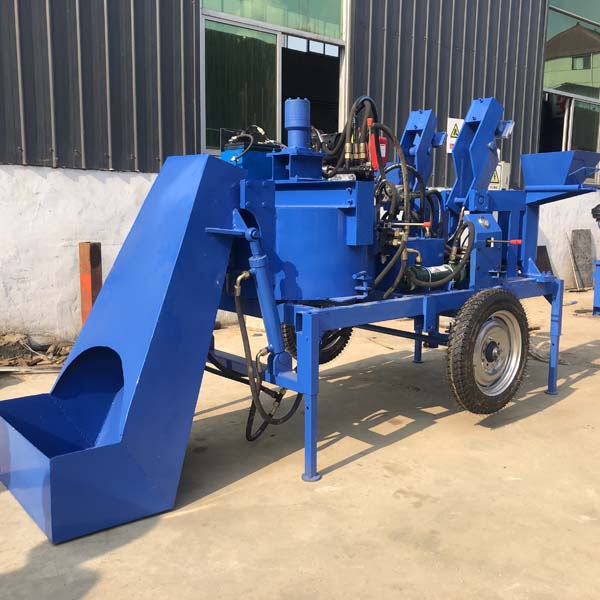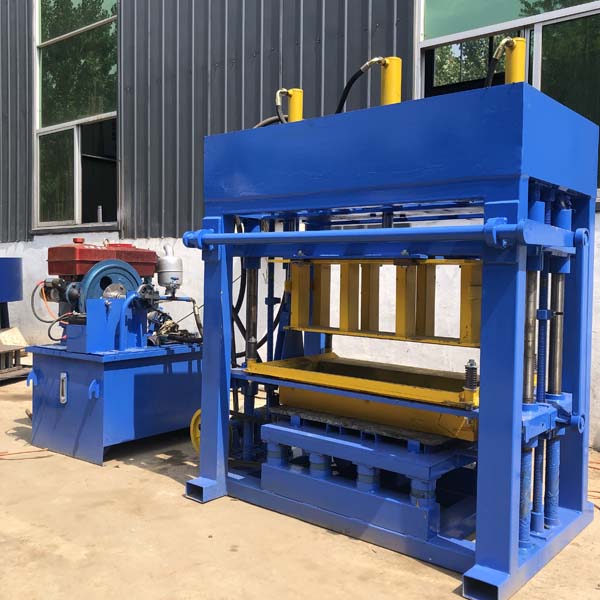
Brick production is an integral part of the construction industry, playing a pivotal role in the development of infrastructure and buildings. The quality of bricks depends significantly on the materials used in their production. Understanding the various types of materials involved, their properties, and their applications is crucial for achieving desired brick qualities and ensuring durability and strength in construction projects.
1. Clay
Clay is the most commonly used material for brick production. Its plasticity and ability to hold water molecules make it suitable for molding into various shapes. Clay is excavated from mines or quarries and then processed through various stages, including purification, grinding, and mixing with water, to create a homogenous mixture. This mixture is then pressed or extruded into the desired brick shape and fired in a kiln to harden and solidify.
The type of clay used can significantly impact the final properties of the bricks. Some clays are richer in certain minerals, such as iron oxide, which can give bricks a reddish hue. Other clays may have higher alumina content, leading to bricks with greater hardness and durability.
2. Sand and Aggregate

Sand and aggregate are also common materials used in brick production, particularly in the manufacturing of concrete bricks. Sand provides a fine-grained texture and acts as a filler, while aggregate, typically composed of crushed stones or gravel, adds bulk and strength to the bricks.
The choice of sand and aggregate is crucial as it affects the compressive strength, water absorption, and durability of the bricks. Fine-grained sand with uniform particles and low impurity levels is preferred for better workability and strength. Similarly, well-graded aggregate with appropriate particle sizes ensures better compaction and density.
3. Cement
Cement is a vital binder in concrete brick production. It reacts with water to form a hard, durable material that binds the sand and aggregate particles together, creating a strong and cohesive brick structure.
The type and quality of cement used can significantly influence the strength and durability of concrete bricks. Portland cement is the most commonly used type, but other varieties, such as sulfate-resistant cement or high-alumina cement, may be employed depending on specific requirements and environmental conditions.
4. Water
Water is an essential component in brick production, serving multiple roles. It is used to mix with the raw materials, facilitating their molding and shaping. It also acts as a medium for the chemical reactions that occur during the hardening process of cement-based bricks.
The quality of water used is crucial. Contaminated water containing excessive impurities or salts can negatively impact the quality of bricks, leading to reduced strength or increased water absorption. Clean, potable water is generally preferred for brick production.
5. Additives and Admixtures
Additives and admixtures are sometimes used in brick production to enhance specific properties or modify the behavior of the materials. For example, plasticizers can be added to improve the workability of the clay mixture, making it easier to mold and shape. Air-entraining agents can be used to introduce tiny air bubbles into concrete bricks, improving their freeze-thaw resistance. Pigments can also be added to change the color of bricks, meeting aesthetic or design requirements.

Conclusion
The selection and use of appropriate materials are crucial in brick production, determining the final properties and performance of the bricks. Clay, sand, aggregate, cement, water, and additives all play vital roles in the production process. Understanding their properties, applications, and interactions is essential for achieving high-quality bricks that meet the demands of modern construction projects. With the continued development of technology and materials science, the brick production industry is poised to further innovate and improve the quality and efficiency of its products.
